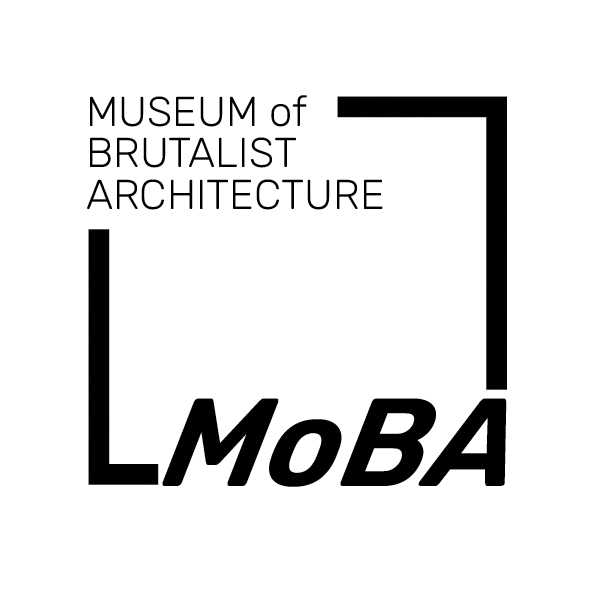
MoBA is the UK’s first Museum of Brutalist Architecture. It will have a physical presence in an allocated area of the Hall as well as a digital profile.
National Lottery Heritage Funds are supporting the launch of MoBA . It will put on shows, inform people about Brutalism’s place in architecture and allow people to talk about their experience of it.
From MoBA: the cultural connection with Brutalist heritage architecture
In the 1960s, large housing estates replaced Victorian slums, particularly in poor areas or those affected by war damage, with this bright, bold new architecture featuring spacious open-plan apartments connected by walkways. These walkways, sometimes wide, came to be known as ‘streets in the sky’. They provided spaces where children could play, neighbours could meet and socialize, fostering a sense of community. This communal spirit was the ethos behind many Brutalist estates such as the Whittington Estate. New residents enjoyed bright, clean homes with hot running water and indoor bathrooms—not always present in older Victorian houses.
However, by the 1970s, severe economic recession and neglect by local authorities, owing to lack of funds, led to the deterioration and neglect of these buildings. They lost their charm and sense of newness; the concrete dulled, and few repairs were made. In the eyes of many communities, these unloved buildings mirrored the neglect they felt. In some cases, the buildings were abandoned, left to their fate. They often failed to support the communities living within them, as residents’ voices went unheard and undervalued by authorities.
Brutalist architecture served as a canvas for artists and the creative industry, who viewed these structures as opportunities to craft a narrative, often portraying them in dystopian settings. Films like Blade Runner, Resident Evil: Afterlife, and A Clockwork Orange depicted these buildings as futuristic and ominous backdrops. However, these portrayals did not truly capture the lives of the communities residing in or near these structures. Films like The Kitchen shed light on the personal stories of individuals in extensive estates facing eviction for newer constructions, narrating a more human-centered tale.
The school, along with many other Brutalist buildings, holds the stories of the people who inhabited them. These narratives embody individuals’ creativity when influenced by their living community—it may recount tales of hardship through art, performance, dance, or music. It might share wisdom, knowledge, or memories. MoBA and the Hall for All serve as places where these stories are exchanged, offering a platform for voices to be heard.
MoBA aims to promote live performances within the hall, encouraging individuals to express their views and interpretations using their preferred medium. This act of performance enhances the cultural heritage of the Hall for All, aligning with the original ethos of Brutalist architecture.